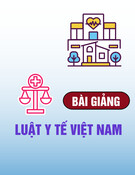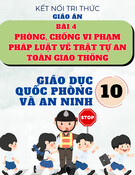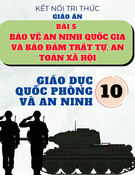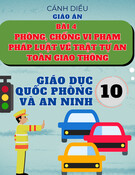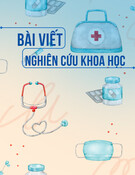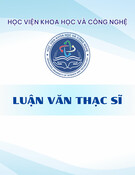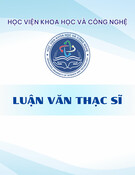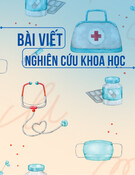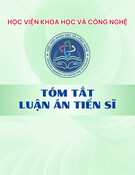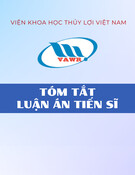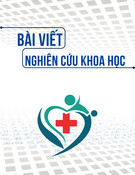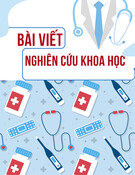MFP ed116/10/2002 EMi
SAFETY DATA SHEETSM1
Some hazard information will be provided on labels, but the safety data sheet provides you with much more detailed information. The information in the SDS will help you to make sure that the product is used safely by informing you about the product's hazards, on how it should be handled, stored and disposed of and explaining what should be done in the case of an accident.
Hazard A potential source of harm.
Risk The likelihood of the dangerous properties of a chemical causing harm (to people or the environment).
A description of hazard to health, fire/explosion and/or the environment.
Precise identification of the hazard of a chemical by assigning a category of danger and/or risk phrases using set criterias. A standard phrase which gives simple informaiton about the hazards of a chemical in normal use. Category of danger Classifica- tion Risk phrase (R-phrase)
The use of the Safety Data Sheet (SDS):
Get information about the hazards of the product:
Section 3: Hazard identification shows the classification of the product identified in section 1 (identification of the preparation and of the company). The hazards are given by the use of standard warning symbols and R-phrases. Also the flammability is a part of the classification.
Determine appropiate personal protection equipment to avoid accidents due to exposure: To avoid accidents due to exposure - swallowing, inhalation, contact with skin and eyes - information about exposure controls and personal protection is given in section 8.
Accidents: In case of doubt seek medical advice! Bring the label or the Safety Data Sheet with the patient. More precise instructions will be given in the SDS in section 4.
Determine firefighting measures: Section 5 informs about fire fighting measures. In general water jets should not be used as this may spread the fire.
Prevent release to the environment: Section 7 - Handling and storage gives general advice in this respect.
M1 ed114/10/2002 MA
SAFETY DATA SHEETSM2
Handling of disposal and/or spillage:
Section 6 contains guidelines in the case of spillage. In general spillage must not be flushed into sewers or streams but should be collected with a non-combustible absorbent material (granulate, sand or earth).
Section 13 is about disposal considerations. Typically spillage, remains and non- cleaned cans should be regarded as chemical waste and be discarded in accordance with national legislation.
M2, ed114/10/2002 MA
Accidents - what to do in case of....M3
Safety Data Sheets
In case of doubt seek medical advice! Bring the label or the Safety Data Sheet with the patient. Underneath is given general advice. More precise instructions will be given in the SDS in section 4.
Inhalation:
Move the patient into fresh air and keep the patient under surveillance. If the patient is unconscious and not breathing administer artificial respiration. If the patient is breathing, move the person into the recovery position and keep warm. Send for a doctor or ambulance immediately.
Contact with eyes: Remove contact lenses, if any. Flush immediately with water for at least 10 minuttes. Keep the eye wide open. If necessary seek medical help or assistance.
Contact with the skin:
Remove contaminated clothing immediately and wash contaminated skin with soap and water. Skin cleanser may be used. Never use thinner or solvent as these degrease the skin. In case of burns flush with water until the pain ceases. While flushing, remove clothing from the affected area unless it is burnt into the skin. If hospital treatment is necessary, flushing must continue during transfer and until hospital staff takes over the treatment.
Swallowing:
Do not provoke vomitting. If vomiting occurs, keep the patient's head low to prevent vomit from entering into the lungs.
M3, ed114/10/2002 MA
M4
Safety Data Sheets
Determining appropiate personal protection equipment:
Below You will find general advice:
In general there is always a need for good ventilation.
As spray-mist must never be inhaled, respiratory equipment must always be used.
The content of solvents - and which ones are present - are shown in section 2 (information on ingredients) in the SDS.
In section 8 there is information about occupational exposure values. These are concentrations that must not be exceeded when working. When above the limits suitable respiratory equipment must be worn.
Even though a paint may not be classified as an irritant or corrosive it may cause irritation on contact with your eyes. It is therefore recommended that suitable goggles or a face shield is worn to protect against splashes.
Always wear protective clothing and gloves when spraying. Do not use protective creams under, or instead of gloves.
Section 8 in the SDS informs more detailed about exposure controls and personal protection.
M4, ed114/10/2002 MA
Hazard identification of the product.M5
Safety Data Sheets
By law all hazardous paint product labels must have details of Health and Safety precautions. A product's hazard is given by use of standard warning symbols and R- phrases. Also the flammability and environmental hazard is a part of the classification
To help you understand the label, the warning symbols most commonly found are listed below with a brief description.
Toxic The material may cause toxic effects if inhaled, eaten or in contact with the skin and/or may be carcinogenic, mutagenic or toxic to reproduction The R-phrases in section 3 and 15 in the SDS indicate which hazards.
Corrosive The material may cause burns when in contact with the eyes and skin.
Harmful The material may cause harm if inhaled, eaten or in contact with the skin. The R-phrases in section 3 and 15 in the SDS indcate which hazards.
Irritant The material may cause skin rash, severe eye irritation and/or irritation in the respiratory tract if spray-mist is inhaled and/or it is a sensitizer.
Highly flammable / flammable (without symbol) This material may cause a fire if close to open flames or sparks.
Dangerous for the environment This product may be toxic to the aquatic environment
Lead containing products are typically toxic. Epoxies are irritants and contact with the skin may cause sensitization. Isocyanates may cause sensitization in the respiratory tract when inhaled. Exposure to solvent vapours may cause damage to several organs and the nervous system.
More detailed information on the effects are given in section 11. Flash point and weight-% organic solvents are given in the SDS in section 9: Physical and chemical properties.
M5, ed114/10/2002 MA


